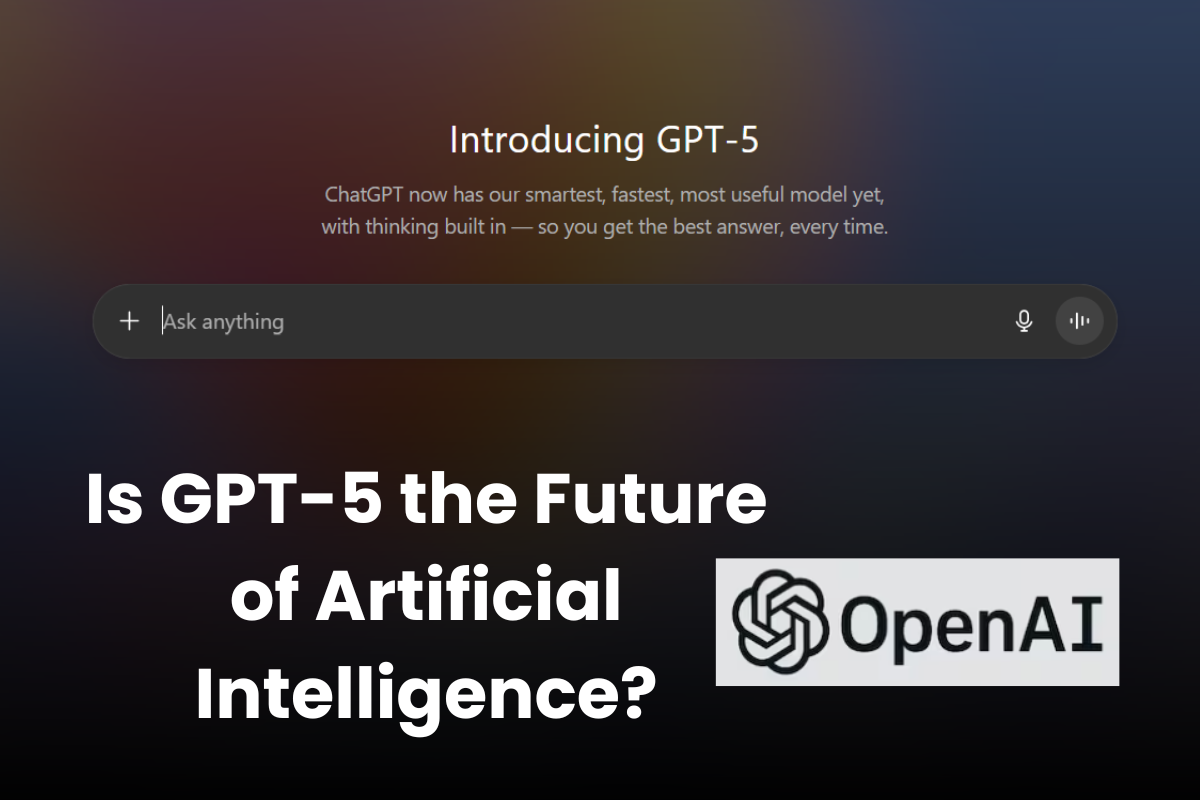
Have you ever wondered whether GPT-5 is the future of artificial intelligence? As businesses and individuals grapple with AI’s rapid evolution, understanding GPT-5’s promise becomes crucial. This article dives into what GPT-5 offers, why it matters, and whether it truly signals the next era of AI.
GPT-5 is the next iteration of OpenAI’s language models, aiming to deliver smarter, more context-aware responses. Its potential lies in overcoming GPT-4’s limitations by offering deeper understanding, fewer errors, and broader versatility.
Why GPT-5 matters now:
It may enhance content creation, coding, and customer support.
It could drive personalized learning tools, healthcare diagnostics, or legal assistance.
It shapes the AI landscape, raising questions about ethics and automation.
Here’s a breakdown of GPT-5’s potential advantages:
Better grasp of long conversations and nuanced topics.
Reduced misinterpretation or “hallucination” compared to prior models.
More fact-checking built into responses.
Improved consistency when addressing technical or sensitive subjects.
GPT-5 may process text, images, and audio together—opening doors to:
Visual summarization
Seamless multimodal chat
Smarter image or video-based queries
Potential architectural refinements could mean:
Faster response times
Lower computational cost
Easier deployment in everyday apps
GPT-5’s capabilities pave the way for diverse real-world uses:
Education: AI tutors that adapt to student needs, offering feedback and personalized lessons.
Healthcare: Preliminary diagnosis suggestions and info generation for healthcare professionals.
Creative Work: Story ideas, marketing copy, or design concepts shaped by natural prompts.
Customer Support: Smarter chatbots that understand complex requests and offer human-like empathy.
Coding: Enhanced code generation across programming languages with fewer bugs.
No innovation is without risks. Here’s what to watch for with GPT-5:
Bias and Fairness
AI models can inadvertently reflect biases from training data, leading to skewed outputs.
Misinformation & “AI Hallucinations”
Even advanced systems may generate confident yet inaccurate content.
Data Privacy
Interacting with sensitive user data raises concerns about how that information is stored and used.
Job Displacement
Greater automation may shift roles in creative and administrative sectors, demanding reskilling.
Beyond technical hurdles, ethical governance becomes more vital than ever.
In many ways, yes—but with a balanced perspective:
What’s promising:
Greater intelligence, multimodal understanding, and scope for real-world use.
An evolution—not just an upgrade—to more human-like AI interactions.
What to consider:
Ethical deployments and inclusive design are essential.
We still need robust human oversight and transparent mechanisms.
Accessibility and fairness must guide adoption.
So, is GPT-5 the future of artificial intelligence? It’s undeniably a powerful step toward more intuitive, adaptable AI. It could transform industries, daily tasks, and creative workflows. Yet its true impact depends on how responsibly we deploy it.
©Famous India Blog. All rights reserved.
Creativity By Needinfotech